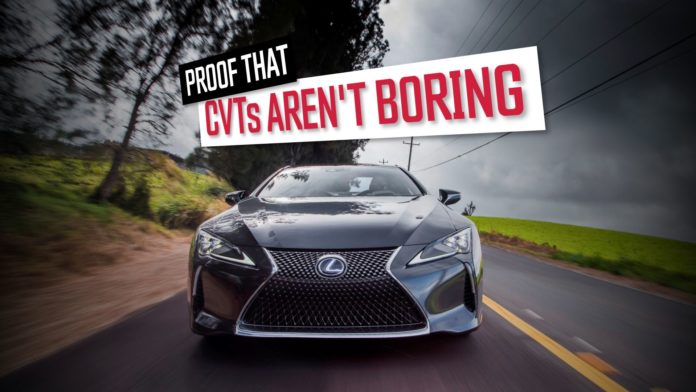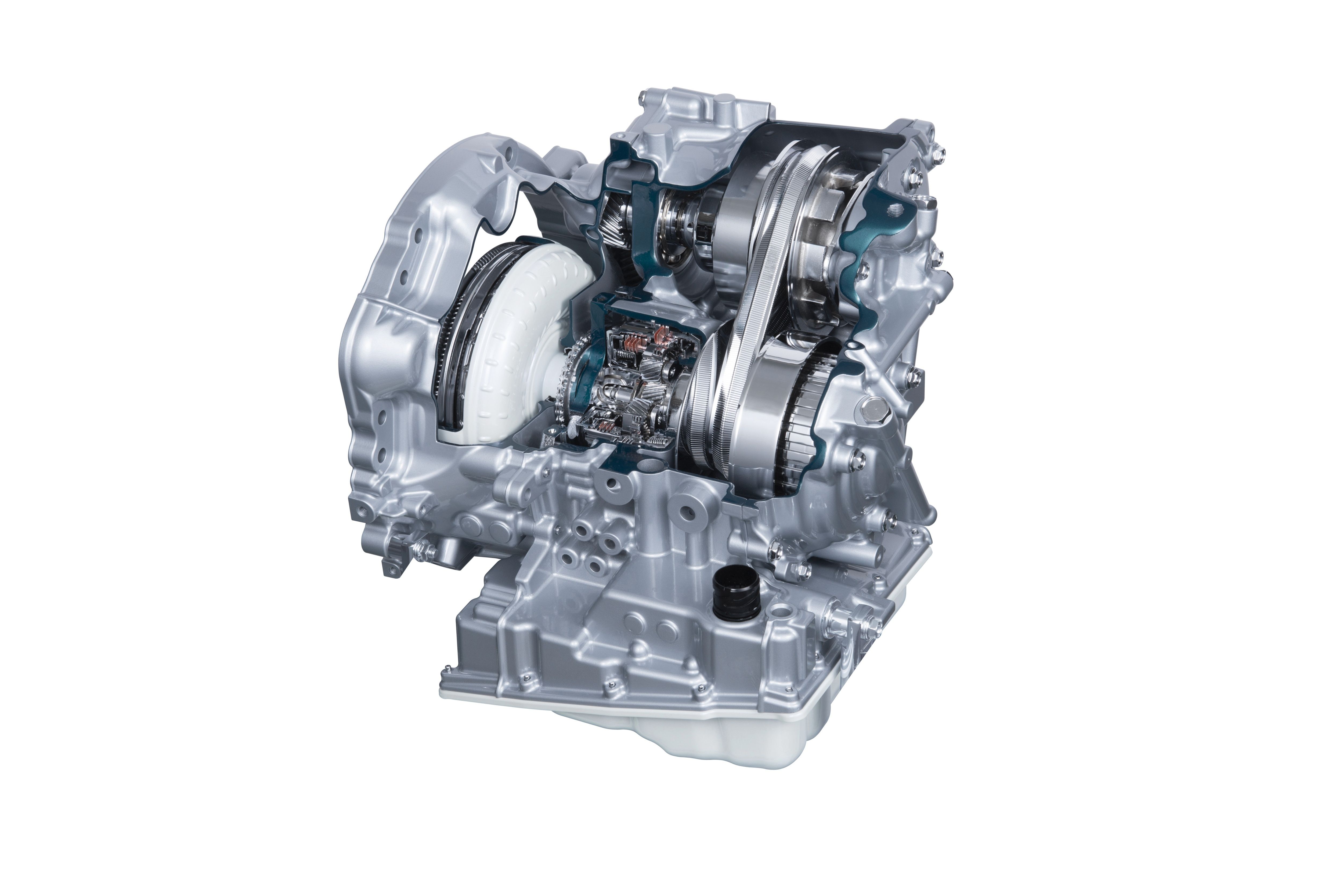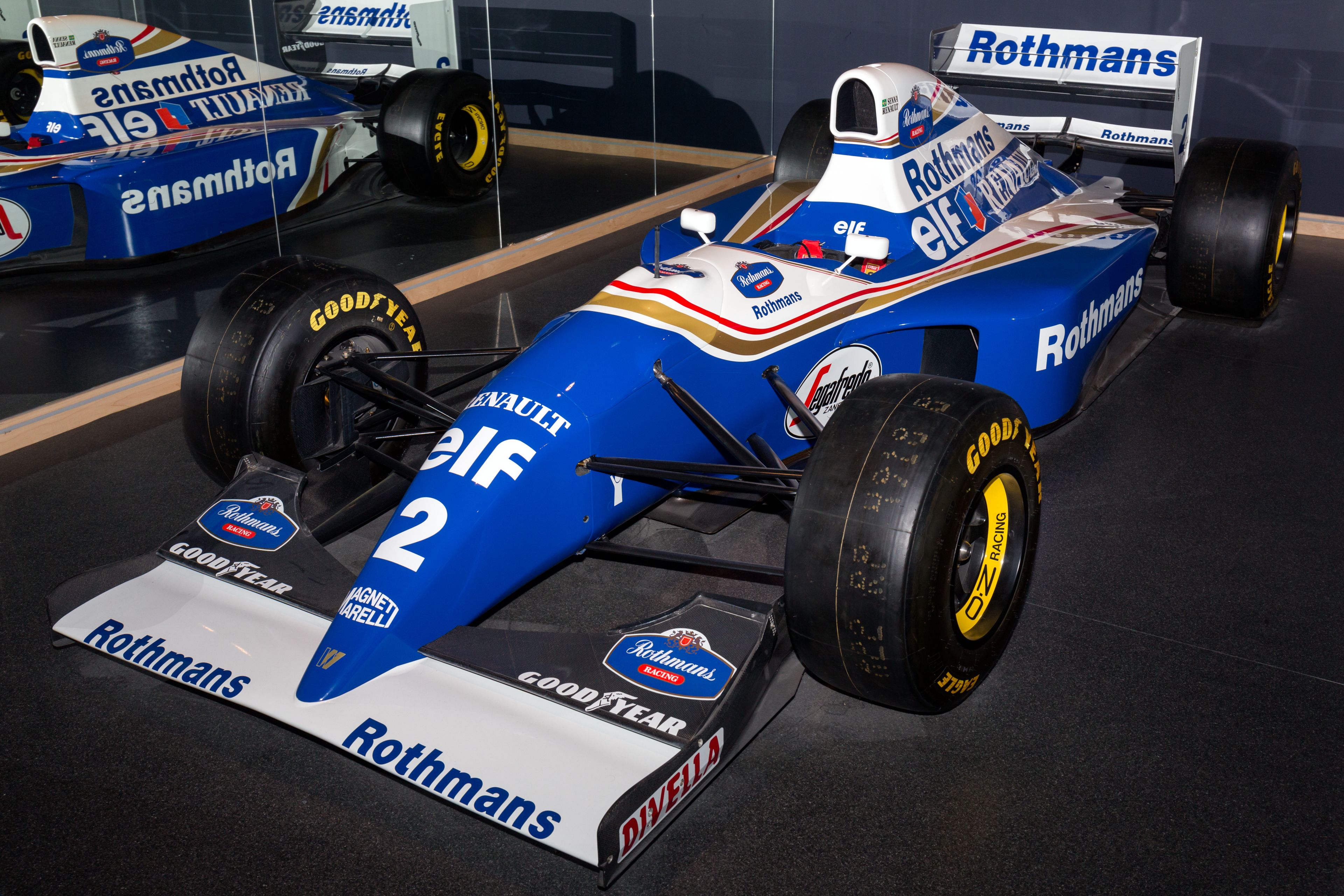If you want a fast car, chances are you won’t be looking for something equipped with a continuously variable transmission (CVT). After all, they were designed to provide ultimate efficiency above all else. Enthusiasts don’t like them because they provide almost zero engagement, feel like the clutch is slipping, and the constant droning. Simply put, if you want performance, you need a traditional manual, an epic automatic like ZF’s eight-speed, or a dual-clutch transmission.
Related
CarBuzz Guide To Different Types Of Car Transmissions
How they differ, how they work, and which one is the best
But there isn’t a hard and fast rule in the automotive industry. Continuous evolution has changed how CVTs work since their first passenger vehicle application decades ago. These days, cars with CVTs often incorporate advanced software and manual mode options that mimic the feel of traditional gear shifts. A CVT works at its best when combined with an engine that produces loads of torque from low down in the rev range, which means you hardly notice them in this turbocharging and electrification era we currently find ourselves in. We’ve come a long way since the introduction of the 2003 Nissan Murano, which was the first major application of this gearbox in the USA.
How Do CVTs Work?
CVTs are not new. In fact, the CVT transmission predates the combustion-powered car by a few hundred years. Technically, it was invented by Leonardo da Vinci, who called it a mechanism to equalize the power of an unwinding spring, which doesn’t sound as sexy as continuously variable transmission. Daimler and Benz filed the first patent for the CVT in 1886, just a year after the introduction of the Benz Patent-Motorwagen. Ultimately, it didn’t really work, so the idea was shelved until the 1980s and 1990s, when it started making its way into passenger cars again.
A CVT is effectively two pulleys connected by a steel belt. One pulley is connected to the engine, the other to the system that transfers power to the wheels. Unlike traditional transmissions with a set number of gears, CVTs provide continuously varying gear ratios, hence the name. This design allows for smoother acceleration, improved fuel efficiency, and a more refined driving experience.
CVTs were first widely adopted in Japanese kei cars. Eventually, mainstream brands like Subaru, Honda, and Nissan began incorporating them into their vehicles. As mentioned earlier, the 2003 Nissan Murano was the first vehicle sold in the USA that really pushed the CVT agenda as no alternative gearbox was available. It wasn’t half bad, as the Murano was equipped with the same 3.5-liter naturally aspirated V6 engine as the Nissan 350Z, which delivered a relatively high torque output of 246 lb-ft of torque.
Despite criticism for lack of driving engagement compared to traditional automatic or manual transmissions, there was a time when CVTs almost made it to Formula 1. The Williams Formula 1 team and transmission manufacturer Dutch Van Doorne collaborated to develop a CVT for the 1993 FW15C race car, seeing the advantage of delivering maximum power without the interruption of gear changes. Williams believed an F1 car with a CVT transmission would be a second a lap faster than any other car, not to mention the fact that the driver had one less thing to worry about. The FIA took notice, and banned the CVT immediately. Williams should have read the regulations more carefully because the regulations stated that an F1 car had to have between four and seven gears. Williams could have argued that its car only had one gear or an infinite number of gears, but neither argument would hold up. Not that it mattered, as Williams took both the drivers’ and constructors’ championship that year.
The more modern CVT really started gaining momentum in the early 2010s, and only because of fuel economy. And because CVTs have become more widespread, the cost to produce them has come down significantly. The entry-level segment is now almost entirely dominated by CVT transmissions because they do actually decrease fuel consumption if you drive them as intended, which is in a relaxed manner. If you simply sit back and accept that your Kia Rio, Chevy Malibu, Hyundai Venue, or Toyota Corolla Cross is never going to be anything other than glacial, the better your quality of life will be.
Having said that, there are some quick and fast cars out there that use a CVT transmission. Read on to find out more.
5
Lincoln Nautilus – Hybrid And CVT Combo Is Better Than The V6
|
Lincoln Nautilus |
|
|---|---|
|
Powertrain |
2.0-liter turbocharged four-cylinder hybrid |
|
Output |
310 hp |
|
Torque |
295 lb-ft |
|
0-60 mph |
6.5 seconds |
|
Top Speed |
126 mph |
|
Price |
$51,915 |
For the 2024 model year, the Lincoln Nautilus dropped the available V6 in favor of a hybrid powertrain. The setup, which uses a 250-horsepower 2.0-liter inline-four and 134-hp electric motor, has a combined output of 310 horsepower and 295 lb-ft of torque, sent to an all-wheel drive system via CVT. Lincoln’s use of a CVT helps deliver a smooth and posh ride, which we discovered when we got behind the wheel for the first time. There are two good reasons why it’s perfectly suited to this car. The turbocharged four-pot produces its maximum torque at 3,000 rpm, but the electric motor is there performing torque-filling duties.
20:46

Related
Driven: 2024 Lincoln Nautilus Reinvents A Brand From The Inside Out
It will lure you in with a giant screen, but keep you there with amazing quality.
As we mentioned earlier, CVTs work well with a high torque output, so you hardly notice it. The Nautlius is also well insulated, so you don’t hear any droning. It’s just effortless progress, as it should be in a luxury car. It’s also quite frugal, with fuel consumption figures of 30/31/30 MPG (City/Highway/Combined).
While slightly less powerful than the V6, the hybrid is hardly a slouch. It can sprint from 0 to 60 mph in 6.5 seconds and has an electronically limited top speed of 126 mph. That’s faster and quicker than most mainstream cars you can buy these days, even those equipped with traditional transmission types.
4
Nissan Maxima
|
Nissan Maxima |
|
|---|---|
|
Powertrain |
3.5-liter naturally aspirated V6 |
|
Output |
300 hp |
|
Torque |
261 lb-ft |
|
0-60 mph |
5.7 seconds |
|
Top Speed |
145 mph |
|
Price |
$38,340 |
Nissan has long been an advocate of CVT technology, and the Maxima has been equipped with a Japan Automatic Transmission Company (JATCO) unit since its seventh generation was introduced in 2007. Nissan has made some updates to the transmission since then. The biggest leap forward, as far as driver engagement is concerned, is the inclusion of what’s known as “steps.” These are basically fake gear changes that make a CVT feel more like a traditional automatic gearbox.
The Maxima’s 3.5-liter V6 engine delivers 300 horsepower and 261 lb-ft of torque, allowing the sedan to reach 60 mph in 5.7 seconds and a top speed of 145 mph. Unfortunately, 2023 is the final model year for the Maxima, with Nissan ending its production after eight generations. It follows the Toyota Avalon to the grave, fortifying the ongoing purge of sedans in the US in favor of crossovers and SUVs. If you’re interested in one, Nissan still has some inventory of its flagship sedan left.

Add CarBuzz to your Google News feed.
3
Toyota RAV4 Prime – Nearly Hot Hatch Rapid
|
Toyota RAV4 Prime |
|
|---|---|
|
Powertrain |
2.5-liter naturally aspirated four-cylinder plug-in hybrid |
|
Output |
302 hp |
|
0-60 mph |
5.5 seconds |
|
Top Speed |
117 mph |
|
Price |
$43,690 |
Since its introduction in 2019, the Toyota RAV4 Prime has stood out in the compact SUV segment, offering both performance and efficiency with its plug-in hybrid powertrain. The top-spec RAV4 combines a 2.5-liter four-cylinder engine and electric motors, producing a total of 302 horsepower. This setup allows the RAV4 Prime to accelerate from 0 to 60 mph in just 5.5 seconds, making it one of the quickest vehicles in its class despite having a lower, electronically limited top speed of 117 mph. It’s also among the quickest-accelerating Toyotas, and is just half a second slower to 60 mph than the GR Yaris.
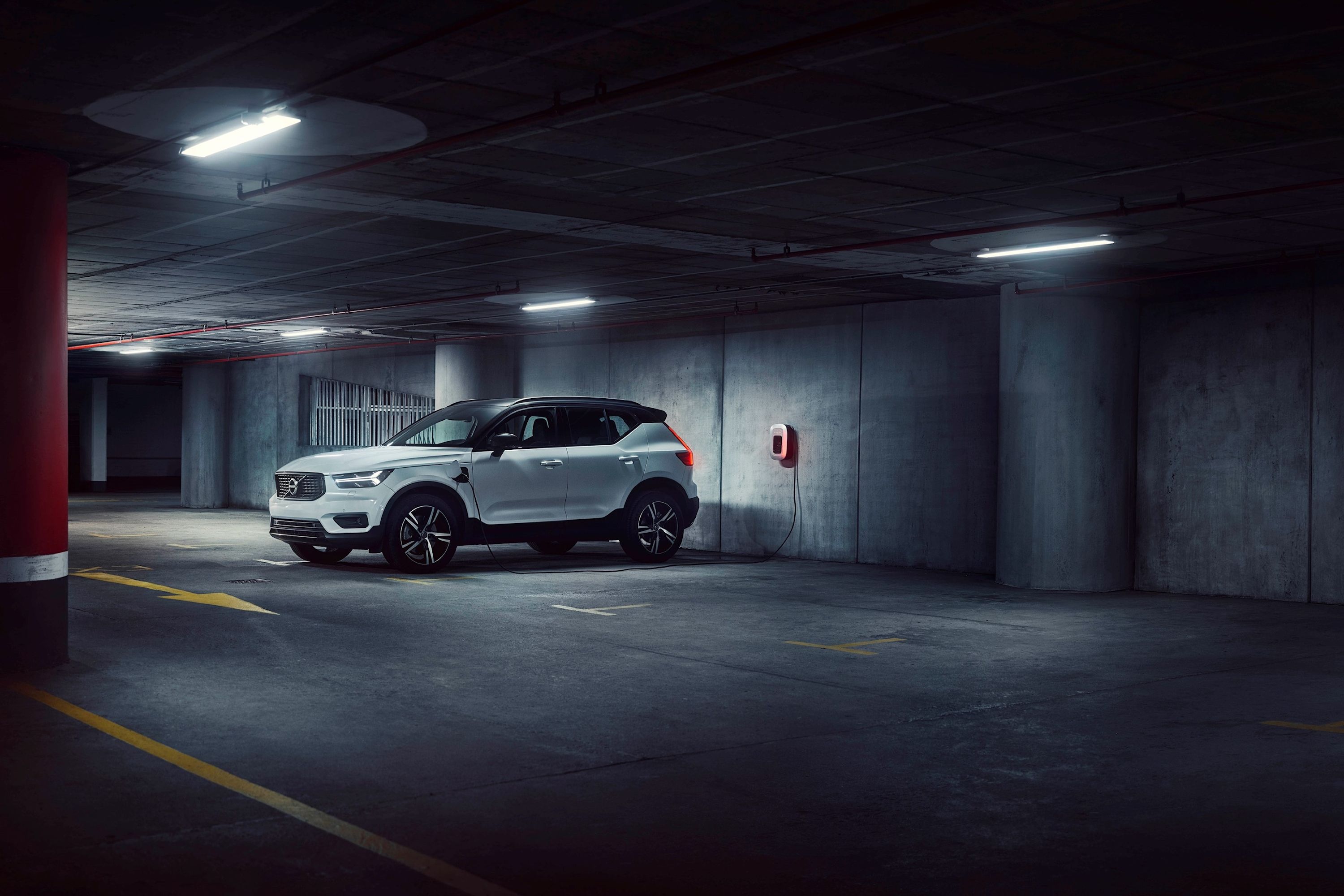
Related
The Difference Between HEV And PHEV Engines
Are plug-in hybrids that different from regular hybrids?
The RAV4 Prime’s plug-in hybrid system also has a massive positive impact on fuel economy, with a combined EPA rating of 38 MPG and 94 MPGe. Thanks to a 40 kW battery, it can also do 42 miles of electric-only driving and recharging only takes 2.5 hours from a 240-volt outlet. The CVT handles the transition between the two power sources smoothly and efficiently. Toyota’s hybrid powertrains and CVT transmissions have become so good that the all-new Camry is only available as a hybrid.
2
Subaru WRX
|
Subaru WRX |
|
|---|---|
|
Powertrain |
2.4-liter turbocharged flat-four |
|
Output |
217 hp |
|
Torque |
258 lb-ft |
|
0-60 mph |
5.4 seconds |
|
Top Speed |
155 mph |
|
Price |
$32,735 |
Known for its rally heritage and all-wheel grip, the Subaru WRX is among the first models to come to mind when talking about performance-oriented vehicles equipped with CVT. The latest WRX features a turbocharged 2.4-liter boxer engine producing 271 horsepower and 258 lb-ft of torque. Paired with Subaru’s Lineartronic CVT, the WRX achieves a 0-60 mph time of 5.4 seconds and a top speed of 155 mph.
This particular version of Lineartronic includes a manual mode with eight gears. These gears are fake and nothing more than the steps mentioned earlier, but it does add a layer of control for those who don’t want or are unable to use a manual transmission.
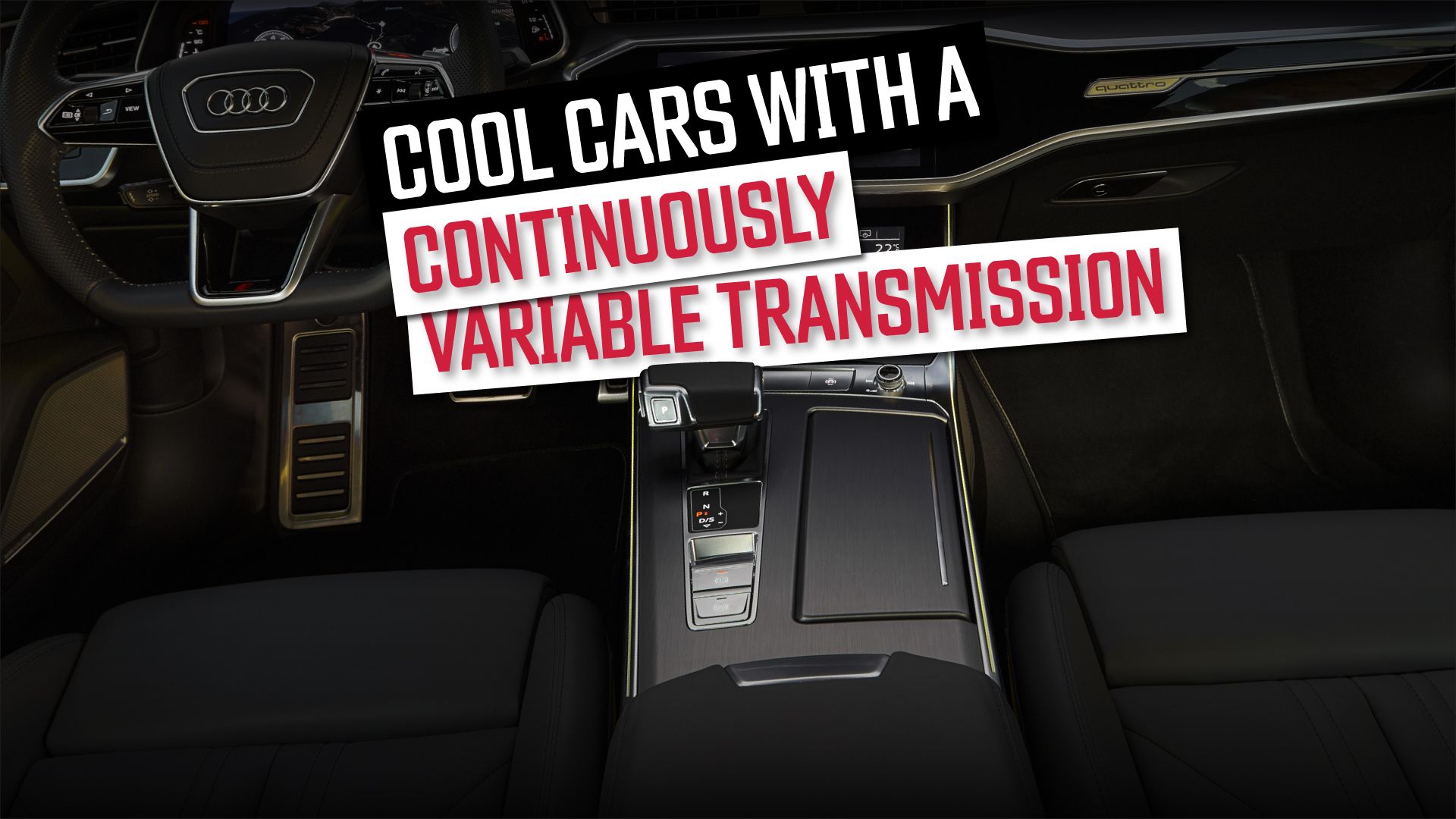
Related
7 Desirable Cars With A CVT Transmission
These 7 sporty cars will make you rethink your perception of CVTs.
We have to admit that we were quite surprised that Subaru chose to launch a WRX with a CVT transmission, but it does make sense if you look at the bigger picture. The only Subie that still uses a traditional automatic gearbox is the BRZ, and only because of the partnership with Toyota. It would have cost Subaru millions to develop a traditional automatic for just one model, and it couldn’t just do a manual because that would have lost it loads of customers. Thankfully, the turbocharged flat-four produces all of its torque from just 2,000 rpm and the resulting driving experience was much better than we originally anticipated.
1
Lexus LC500h – The Relaxed Grand Tourer
|
Lexus LC500h |
|
|---|---|
|
Powertrain |
3.5-liter naturally aspirated V6 hybrid |
|
Output |
354 hp |
|
Torque |
369 lb-ft |
|
0-60 mph |
4.8 seconds |
|
Top Speed |
155 mph |
|
Price |
$103,100 |
The Lexus LC 500h is a prime example of how luxury and performance can coexist with efficiency. This beautifully designed coupe combines a 3.5-liter V6 hybrid powertrain with a complex transmission setup. Lexus calls it a Multi-Stage Hybrid System, which is a traditional four-speed automatic with four fixed ratios bolted to the end of the transmission. It also has a CVT transmission, which adds another six “steps” to create an artificial 10-speed gearbox. What Lexus wanted to do was remove that slipping clutch feel.
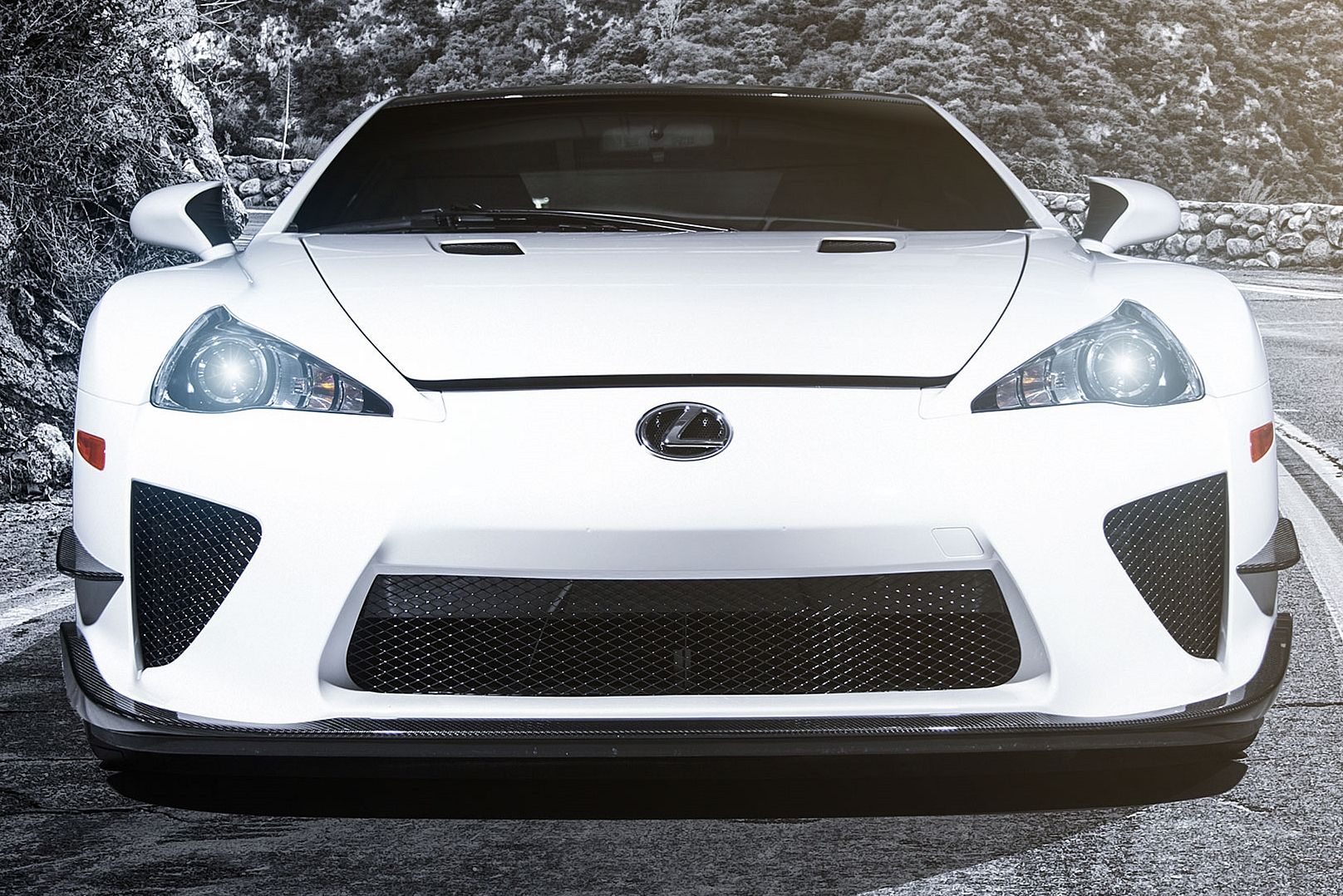
Related
10 Facts You Should Know About Lexus
There’s so much more to celebrate than just the LFA.
It works, but the LC 500h has two big problems. The first is that people who want a $100,000 grand tourer aren’t really that concerned with fuel consumption. The second is the standard LC 500, which comes standard with a 471-hp naturally aspirated V8, which is one of the best sounding engines ever made. And the pure gas model is cheaper because of the hybrid’s added complexity.

